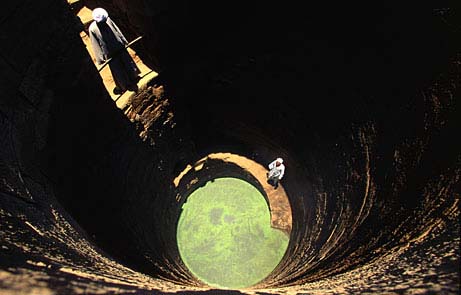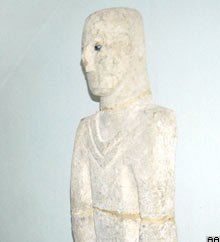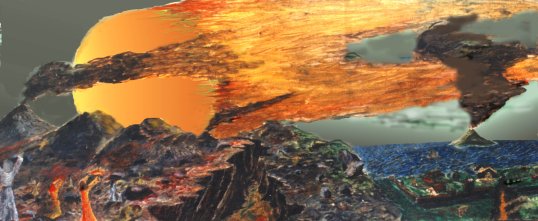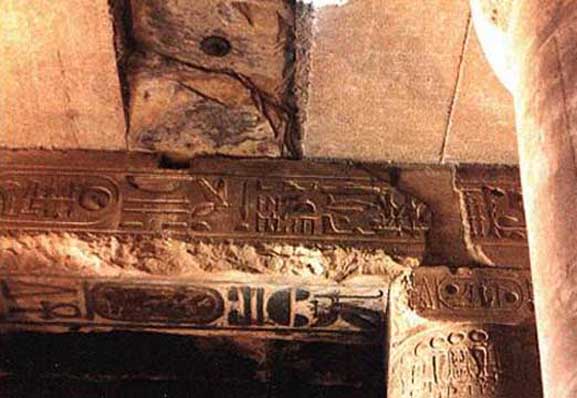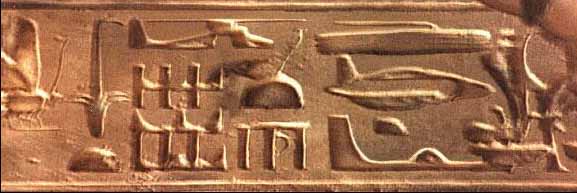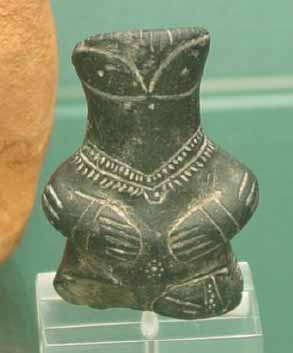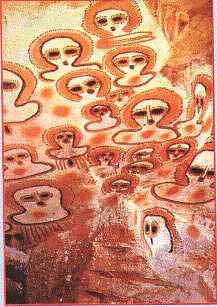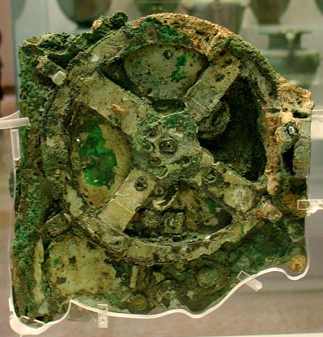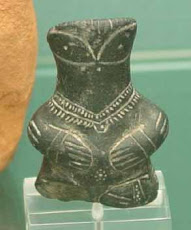
"Watch the newspapers for more startling admissions that all is not right in Western Hemisphere prehistory and ask your local scholar to provide evidence for the fantastic scenarios that are being passed off as 'science.' You will enjoy watching them squirm and change the subject." -- Vine Deloria Jr., historian, 1997
"Like almost everyone else in America, I grew up believing the myth of the objective scientist. Fortunately I was raised on the edges of two very distinct cultures, western European and American Indian...." -- Vine Deloria Jr., historian, 1997
"As time passed I became an avid reader of popular scientific books, wanting to know as much as I could about the world in which I lived. Gradually I began to see a pattern of nonsense in much scientific writing. Scientific explanations given regarding the origins or functioning of various phenomena simply didn't make sense." -- Vine Deloria Jr., historian, 1997
"A good many of our problems today are a result of the perpetuation of dreadfully outmoded beliefs derived from the Near Eastern/European past that do not correspond to what our science is discovering today or to the remembered experiences of non-Western peoples across the globe." -- Vine Deloria Jr., historian, 1997
"More important for our purposes, while not forgetting the horrors of some scientific behavior, is the impact of scientific doctrine on the status of Indians in American society. Regardless of what Indians have said concerning their origins, their migrations, their experiences with birds, animals, lands, waters, mountains, and other peoples, the scientists have maintained a stranglehold on the definitions of what respectable and reliable human experiences are. The Indian explanation is always cast aside as superstition, precluding Indians from having an acceptable status as human beings, and reducing them in the eyes of educated people to a prehuman level of ignorance. Indians must simply take whatever status they have been granted by scientists at that point at which they have become acceptable to science." -- Vine Deloria Jr., historian, 1997
"The stereotypical image of the American Indian as childlike, superstitious creatures still remains in the popular American mind -- a subhuman species that really has no feelings, values, or inherent worth. The attitude permeates American society because Americans have been taught that 'scientists' are always right, that they have no personal biases, and that they do not lie...." -- Vine Deloria Jr., historian, 1997
"Scientists may not have intended to portray Indians as animals rather than humans, but their insistence that Indians are outside the mainstream of human experience produces precisely these reactions in the public mind." -- Vine Deloria Jr., historian, 1997
"This book [Red Earth White Lies] deals with some of the problems created for American Indians by science. We will encounter a number of amazing inconsistencies in the manner in which science describes the world we live in and the role it has chosen for American Indians to play in a largely fictional scenario describing prehistoric North America. It is not enough, however, to demonstrate the fallacies of Western science. I will offer an alternative view of North American history as seen through the eyes and memories of American Indians." -- Vine Deloria Jr., historian, 1997
"Some efforts have already been made in a number of fields to investigate the knowledge of tribal peoples and incorporate it into modern scientific explanations. Thor Heyerdahl was one of the first people to show, by repeating the event, that ancient peoples could well have travelled by sea to various parts of the globe. ... Recognizing that Indians may have been capable of building boats seems a minor step forward until we remember that for almost two centuries scientific doctrine required that Indians come by land because they were incapable of building rafts. Polynesian voyages of considerable distances have now been duplicated, giving credence to the idea that Hawaiian tales of sea voyages were not superstitious ways of discussing ocean currents. Critical in this respect is the fact that Hawaiians would not be believed until a white man had duplicated the feat." -- Vine Deloria Jr., historian, 1997
"In methodological terms there is a major problem in bringing non-Western traditions within the scope of serious scientific perspective, and that is the inherent racism in academia and in scientific circles. Some of the racism is doctrinaire and unforgiving -- for instance, the belief that, for a person and/or community possessing any knowledge that is not white/Western in origin, the data is unreliable. A corollary of this belief is that non-Western peoples tend to be excitable, are subjective and not objective, and consequently are unreliable observers. Other attitudes encompass the idea that non-Western knowledge, while interesting, is a lucky correspondence between what science has 'proved' and what these people discovered by chance." -- Vine Deloria Jr., historian, 1997
"The bottom line about the information possessed by non-Western peoples is that the information becomes valid only when offered by a white scholar recognized by the academic establishment; in effect, the color of the skin guarantees scientific objectivity." -- Vine Deloria Jr., historian, 1997
"Unfortunately, the day of the philosopher in Western society has passed ...." -- Vine Deloria Jr., historian, 1997
"Lying by a scout was a dreadful act punished by death or banishment. A remarkably high percentage of scouts also became the great storytellers and were repositories of the oral tradition." -- Vine Deloria Jr., historian, 1997
"But even labeling a site as astronomical is an improvement, since it partially sidesteps the old stereotype of Indians being primitive and ignorant savages." -- Vine Deloria Jr., historian, 1997
"At the American Association for the Advancement of Science annual meeting in Chicago in 1992, there was a panel presentation of a new field called 'zoopharmacognosy,' which is a term describing the use of medicinal plants by animals. The panel got a laudatory review in a Newsweek article, which described fearless scientists spying on sick animals and observing them using certain plants to cure themselves. A Duke University primatologist was quoted as saying, 'If these work for primates, then they are potential treatments for humans,' this insight apparently being a startling departure from ordinary scientific logic. The article quoted Harvard ethnobotanist Shawn Sigstedt suggesting that bears may have taught the Navajos to use a species of the Ligusticum plant, just as they had claimed! For Western peoples, the announcemnet of zoopharmacognosy may be an exciting breakthrough on the frontiers of science, but getting information from birds and animals regarding plants is an absurdly self-evident propostion for American Indians. It gives substance to the idea that all things are related, and it is the basis for many tribal traditions regarding medicinal uses of plants. The excitement illustrates a point made above: Why didn't people take Indians seriously when we said that animals and birds give us information on medicinal plants? Why is such knowledge only valid and valuable when white scientists document and articulate it?" -- Vine Deloria Jr., historian, 1997
"... even when Indian ideas are demonstrated to be correct there is the racist propensity to argue that the Indian understanding was just an ad hoc lucky guess -- which is perilously close to what now passes for scientific knowledge." -- Vine Deloria Jr., historian, 1997
"If the tribal peoples actually represented Western origins at a much earlier time, it was exceedingly valuable that they should be studied intensely for clues about the nature and origin of human society. Consequently it was an injury to science and human knowledge to allow the military to simply exterminate them." -- Vine Deloria Jr., historian, 1997
All these quotes are now in the "Scientific Racism" section on the sidebar alongside Newtonian Holocaust denial.









